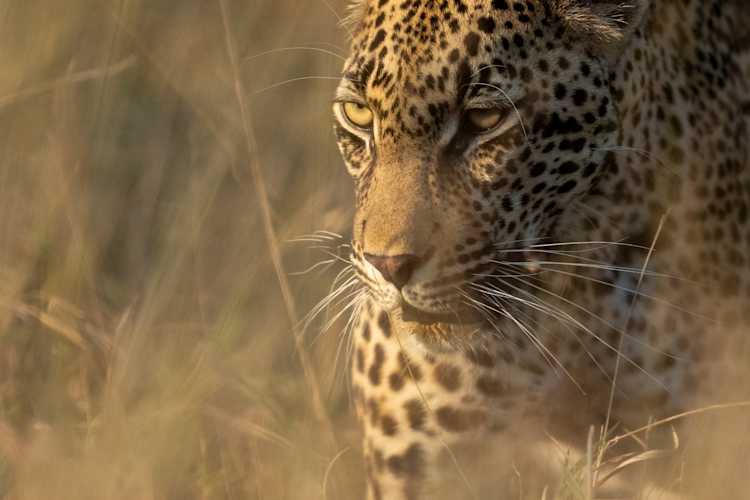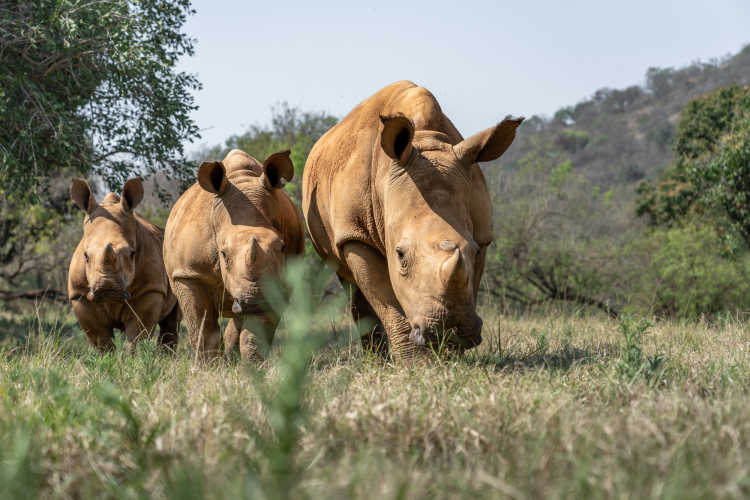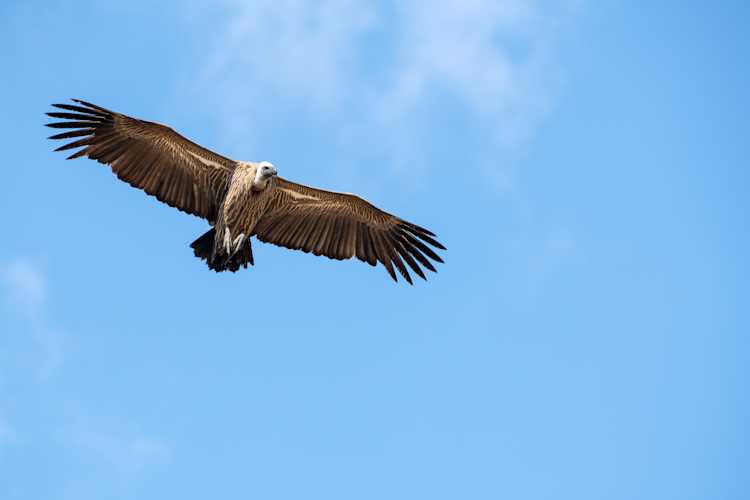

Panthera
Panthera’s Sabi Sand leopard research
Despite inhabiting a wide range of habitats, leopards are among the most persecuted big cats globally. Although often assumed to have a secure conservation status, illegal killings for their skins and other body parts, retaliatory killings due to human-wildlife conflict, and poorly regulated trophy hunting severely impact their numbers.
The Sabi Sand Nature Reserve is home to one of the highest densities of leopards found anywhere in the world. This global conservation success story is underpinned by a long-standing flagship research and monitoring project led by Panthera, making it the best-protected and best-studied leopard population worldwide. The well-protected environment and sensitive game-viewing practices have ensured an extremely relaxed demeanour in the leopards. The Sabi Sand Leopard Project utilises the extensive experience of field guides to convert leopard sightings from photographic safaris into high-quality biological data. Here, leopards are individually identifiable, providing invaluable observations of their locations and behaviours collected daily. This data informs ecological, behavioural, and management questions, aiding conservation efforts in areas where leopards are under threat.
Key Successes
- Long-term data helps identify patterns and processes governing leopard population trends over generations.
- Recent advances in DNA technology augment leopard life histories in the Sabi Sand with DNA extracted from field samples. Genetic profiling aids in understanding relatedness and reproductive success and contributes to Panthera’s broader genetic research, including forensic anti-trafficking operations.
- This extensive flagship programme continues to lead research and management, utilising unique long-term, comprehensive data.
- In less than 15 years, over 850 leopard life histories have been reconstructed in the Sabi Sand, along with 90,000 data collections from leopard sightings.
How can I support this project?
- USD 500 - Camera traps and solar pack
- USD 500 - Sponsor the “heritage” fur - a luxury synthetic fur replacement for real skins used in traditional, cultural ceremonies - which has reduced the demand for leopard skins by 50%, saving 18 000 leopards that would have been hunted for their skins through this initiative.
- USD 1,000 - Support the individual genetic profiling work for leopard scat of the Sabi Sand



